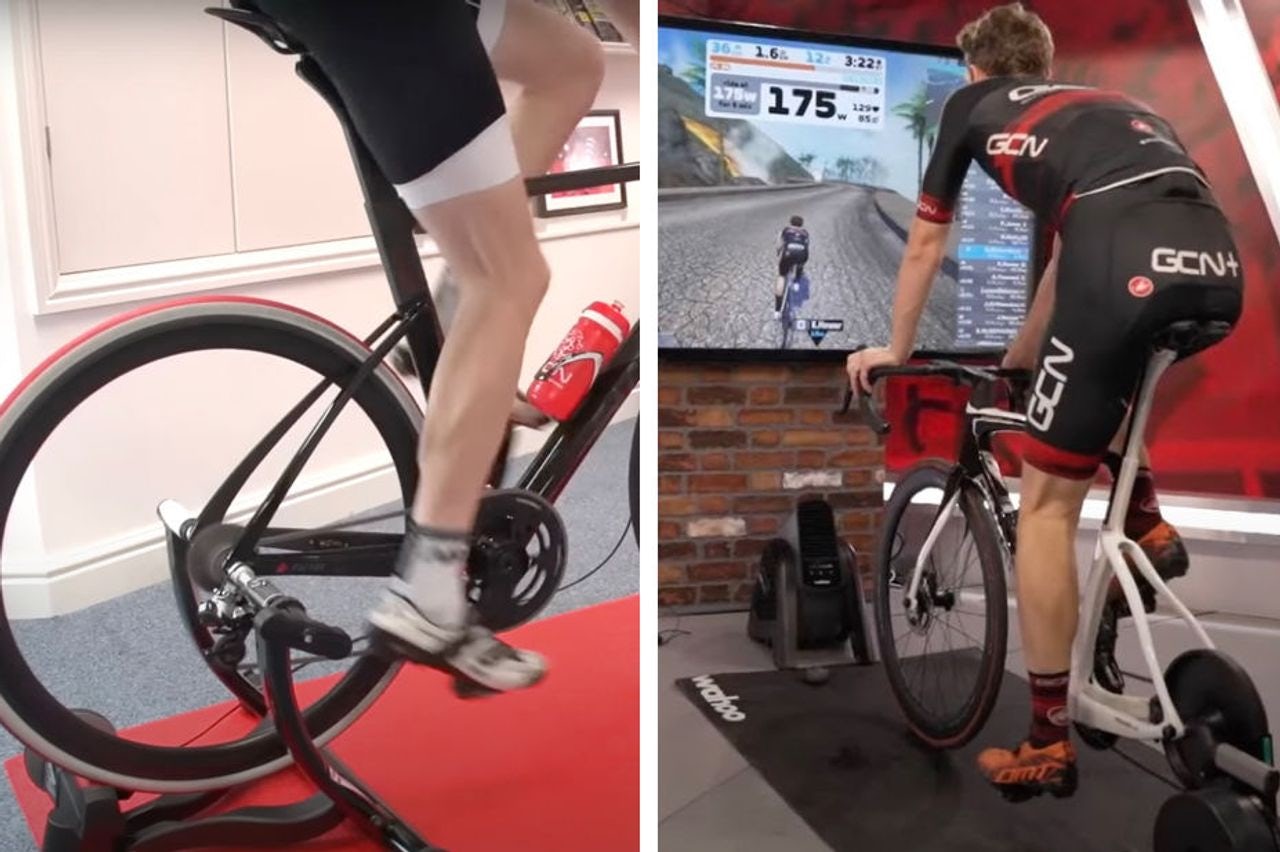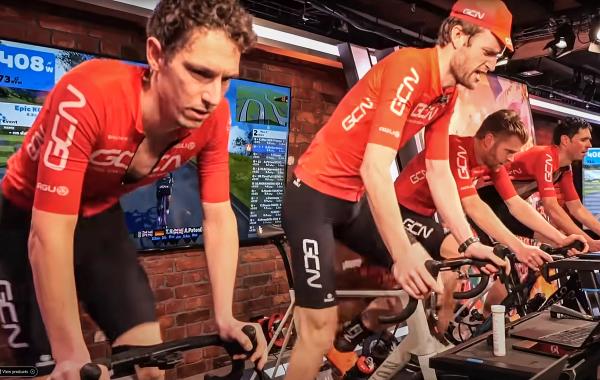Budget vs premium indoor training set-up: How much do you need to spend?
What do you really need to invest in to enjoy indoor training, and do you get more if you spend more? GCN takes a closer took
Alex Hunt
Junior Tech Writer
What do you get using a premium setup over a more budget configuration?
You don't need us to tell you that there's a global cost of living crisis, and for a lot of us, spending money on cycling needs more careful consideration than ever. Indoor training is part of the modern fabric of cycling and can keep you riding through the coldest, wettest and darkest days, but how much will it set you back?
Indoor cycling will require extra equipment but it can have cost benefits in itself, with less wear to your bike, no need to clean it after messy rides, and a smaller list of required clothing.
Although indoor training set-ups can cost a small fortune, there are also plenty of options that will not break the bank. But what do you get from a no-expense-spared set-up when compared to a budget set-up? And is it really worth paying for more?
- Read more: Which Wahoo smart trainer is best for you?
Budget indoor training set-up
The budget set-up in question is one of the cheapest ways to get riding indoors. Although there is a sea of smart trainers on the market, you can still find plenty of ‘dumb’ trainers that attach to your rear axle and then provide resistance through a flywheel unit that is wound on to the rear tyre of the bike.
Some of these trainers can provide resistance through a fluid resistance unit that gives a progressive and more road-like feeling, whereas some others can use a magnetic resistance unit that can allow for the resistance to be controlled by a bar-mounted lever.
Since the rise of the smart trainer you can find a solid dumb trainer for around £/$/€100
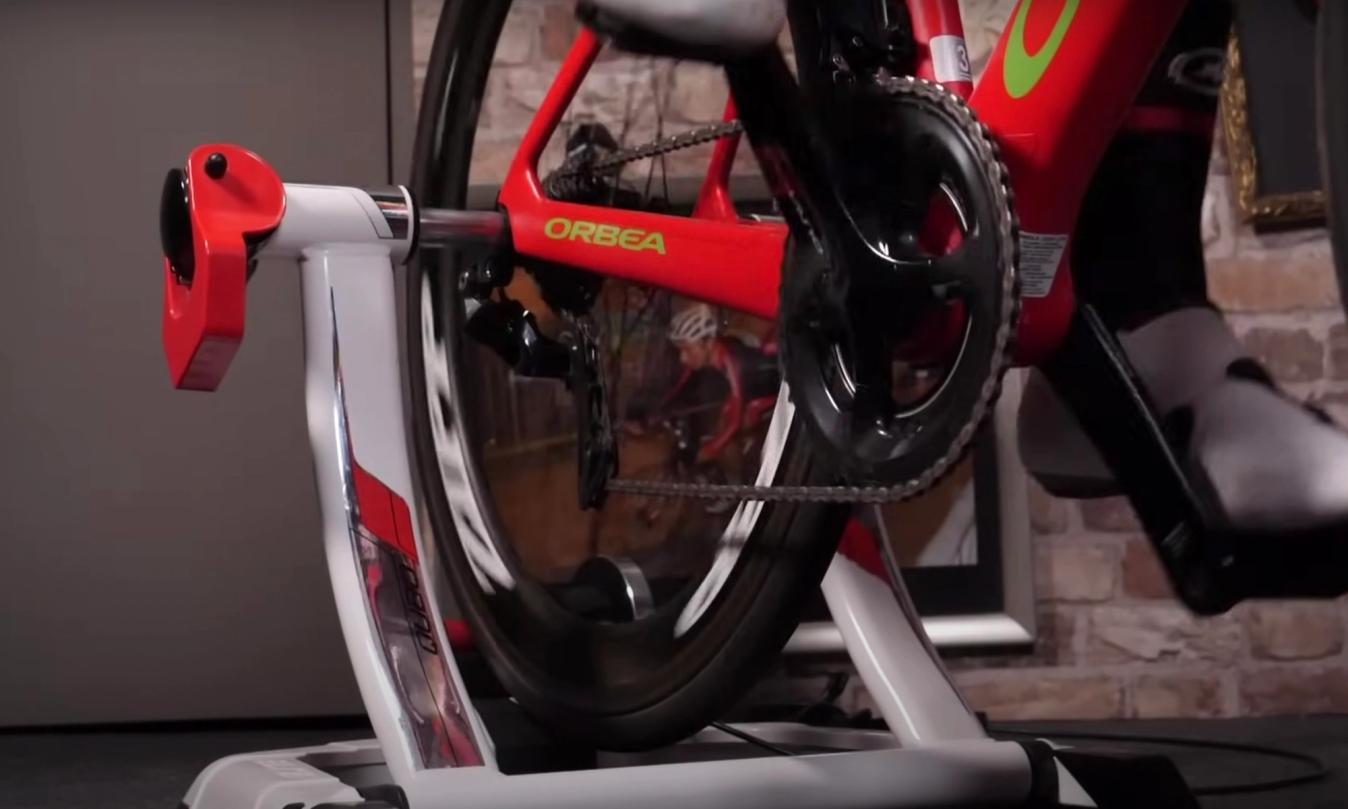
© GCN
A budget friendly dumb trainer will keep your rear wheel attached and use the tyre as the interface for the resistance unit
Although a traditional dumb trainer itself will not link up to other platforms, such as Zwift, there are ways around this for you to get your virtual cycling fix.
What you are going to need is a speed sensor that attaches to your rear wheel and typically costs around £/$/€30. There are a couple of ways that these speed sensors typically transmit data and, depending on whether it's Bluetooth or ANT+, you might need an adapter for your computer to pick up the signal.
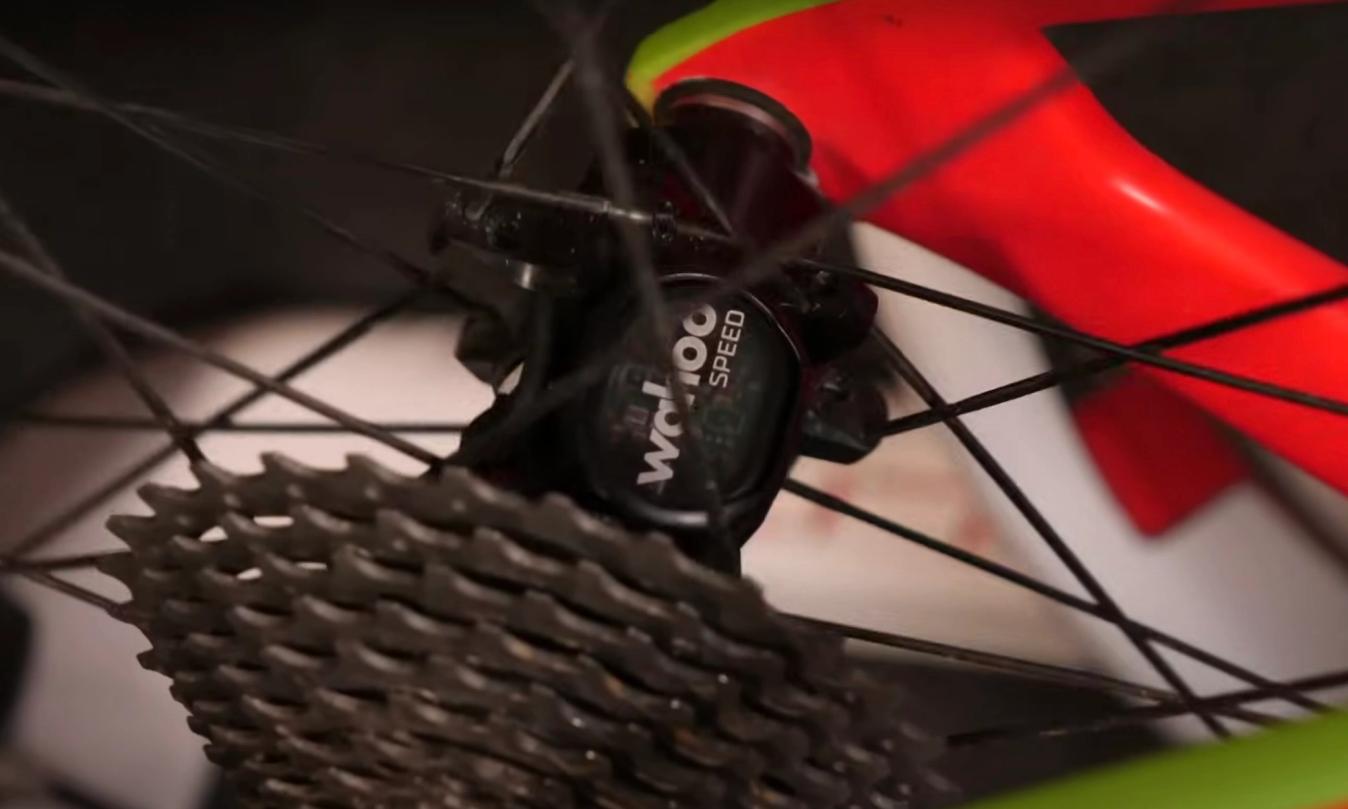
© GCN
To use a virtual riding platform, you will need to pair the trainer with a speed sensor
For many trainer brands, Zwift has gone to the effort of calibrating so that the software knows just how much power is required to ride whatever speed is being picked up by the sensor. It goes without saying that it isn’t going to be as accurate as using a smart trainer or a power meter but, as a ballpark, it is pretty good.
Premium indoor training set-up
The premium set-up makes use of not only a flagship smart trainer but also an assortment of accessories that create a dynamic riding experience.
Premium trainers will give you a more realistic road like feel with the ability to vary the resistance to mimic what is being displayed through a virtual cycling host. The ability to use a function called ERG mode will also make training easier to follow by holding a fixed resistance as you ride.
Using a direct drive trainer has the advantage of not wearing your rear tyre as you ride, as well as being – as the name suggests – direct. This will prevent wheel slip under sprint efforts when spikes in power are produced.
You can pick up a direct drive smart trainer for around £/$/€500, although for a flagship model this figure can be tripled.
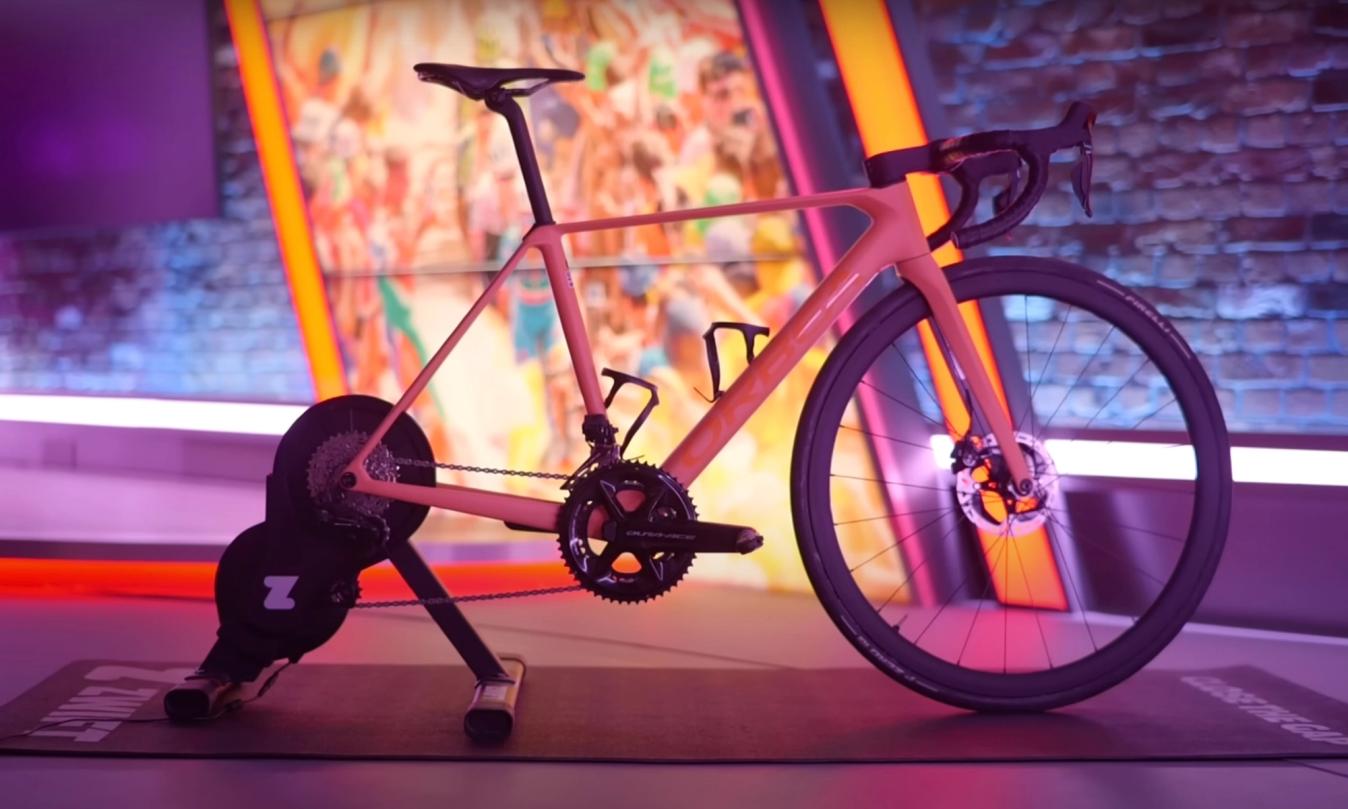
© GCN
A premium smart trainer is going to mount to the bike with a cassette fixed to the trainer and offer interactive, variable resistance
The most premium set-ups also make use of the fanciest accessories to go with the trainer itself.
For example, the Wahoo Kickr range includes two smart accessories, the Wahoo Kickr Climb, which adds around £/$/€500 to the set-up cost, and the Wahoo Kickr Headwind (£/$/€230).
The Kickr Climb is a stand-alone device that can be paired with any Wahoo direct drive smart trainer and replaces your front wheel. As the name might suggest, the Kickr Climb is a gradient simulator that will mimic the gradients of a virtual cycling world.
The Kickr headwind, meanwhile, is an interactive smart fan. While 'dumb' fans will be easy on the wallet and do a sufficient job for most, the Headwind can vary the fan's power depending on your output as a rider.
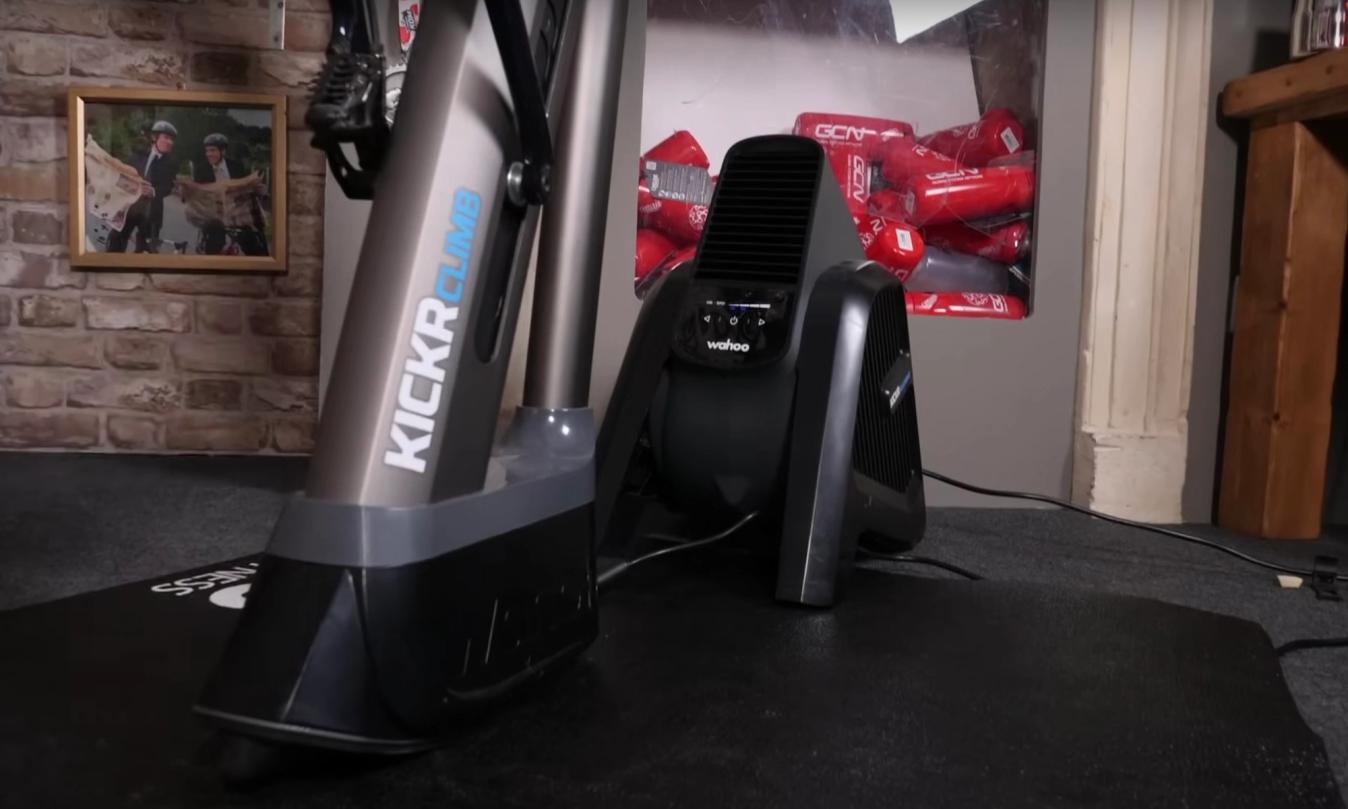
© GCN
A premium setup can include smart accessories such as a gradient simulator and a smart fan
Using the budget set-up
The first thing that is noticeable when using a ‘dumb’ trainer is that, although you can ride around a virtual cycling world like Zwift, your resistance is going to remain constant regardless of the simulated gradients on screen.
Arguably, if you haven’t used a smart trainer before, this is not going to be all that odd. However, it does mean that if you want easier resistance for a downhill or for recovery, you are going to have to use your gears to the best that you can.
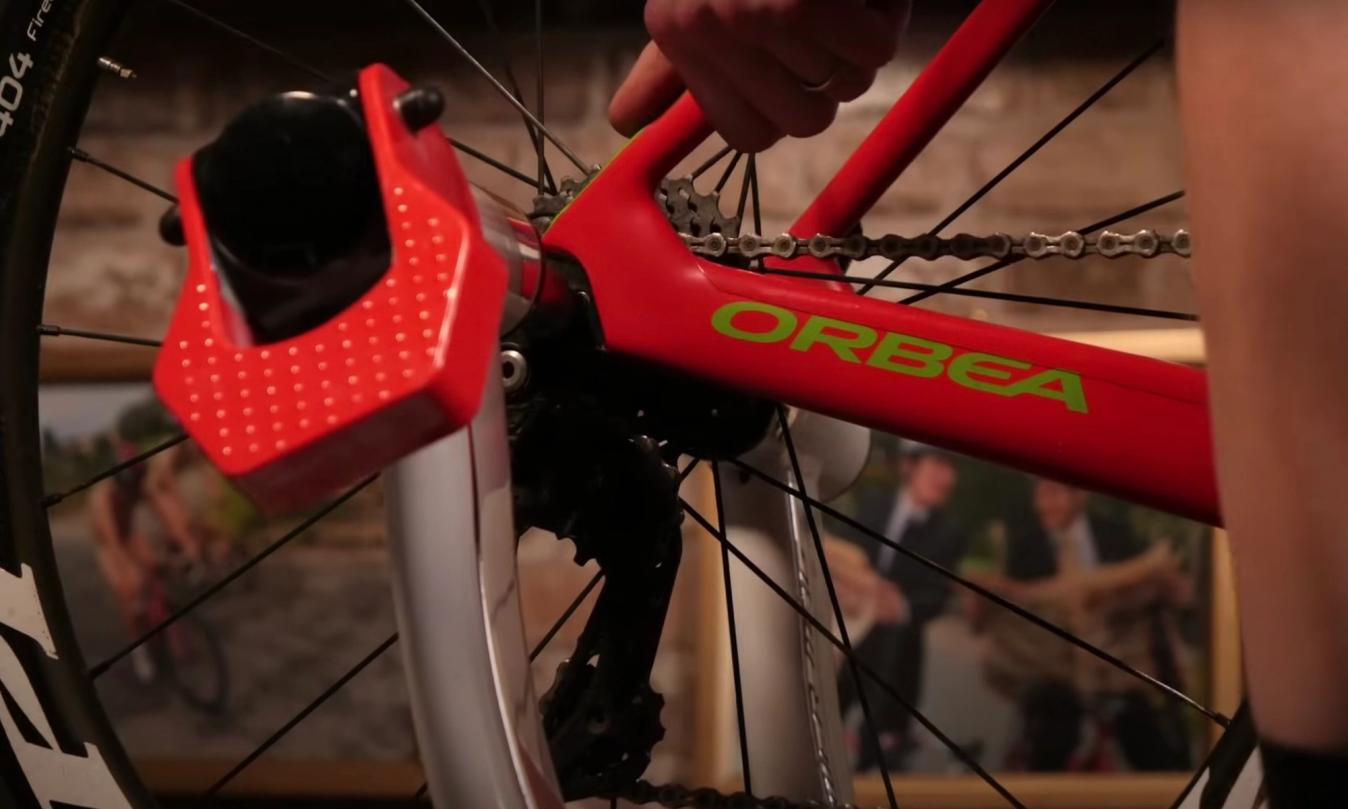
© GCN
With a wheel on trainer, sprint efforts can be difficult with the potential for wheel slip
One thing that is completely unhindered by using a budget configuration is the social side of using a virtual platform like Zwfit. Exploring the worlds, unlocking achievements, and meeting up for group rides can all still be achieved. It is also possible to use the training functions as well, although this will require your attention to meter your efforts throughout the session.
Using the premium set-up
Starting off with training, the Wahoo Kickr uses a built-in power meter that offers an accuracy range of +/-1%, meaning that keeping track of your progress is accurate and consistent every time you ride.
Following on from that, when you use the training session features on Zwift or Wahoo SYSTM, the trainer uses a function called ERG mode. This allows the trainer to automatically regulate the resistance applied to hold you at the target power regardless of gear or cadence, meaning all you have to do is pedal.
One thing that you cannot do with the budget set-up, that you can do with a more premium configuration, is post results for Zwift racing. This is because Zwift associates the integrated power meter as a trustworthy data source.
The main difference between both configurations is that the smart trainer will give you that virtual world feedback as you ride around. Using the variable resistance unit, as you ride uphill the trainer will apply more and more resistance to simulate how it would feel out on the road, likewise as you crest a hill and go over the other side, it will back off the resistance allowing you to soft pedal.
The additional accessories along with the smart trainer will amplify just how immersive it is, as well as allowing slightly more specific training in the case of the Kickr Climb, as it puts your body in a climbing position and this will train how you develop power through your muscles slightly differently.
Do you need a premium set-up?
It is certainly not essential to use a premium indoor training set-up to reap the benefits of indoor cycling. Anything that is going to keep you on your bike when you otherwise wouldn’t be is a smart investment. However, there are a few things that you will miss out on with a more budget trainer.
Firstly, if you are looking to get involved in some virtual races, this will not be possible without at least a power meter on your bike. If you are looking to do this, check out our buying guide for the complete Wahoo range of smart trainers that are all virtual racing compatible.
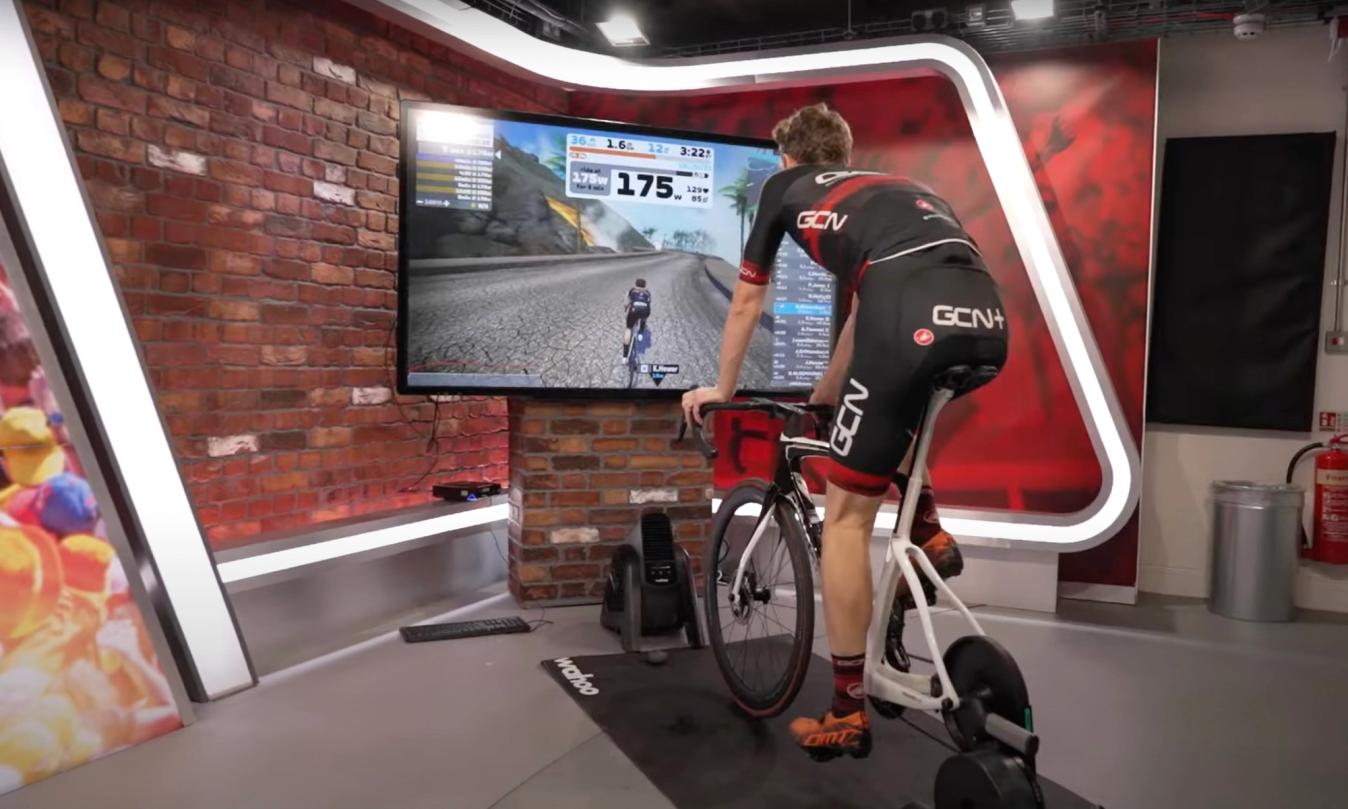
© GCN
Using a smart trainer will make training more scientific with sessions being accurately measured
Secondly, training with a ‘dumb’ trainer is going to be harder work and will arguably not be as effective as using a smart trainer. This is because you need to monitor everything yourself and there is a far larger room for error. Using a smart trainer will allow you to hone in on exactly what you want to train and hit those sessions as intended every time.
That said, if you are looking for a trainer to keep those wheels turning on a budget and you are looking to do some generic riding and workouts without getting too specific, a ‘dumb’ trainer could be all that you really need.
Other considerations
Regardless of your budget, there are some things that will make indoor training that little bit nicer for you. Most important of all is a high-powered fan, which is going to be your primary aid for temperature regulation, so finding one that offers enough power to keep you cool through your efforts will make all the difference.
You don’t necessarily need to splash out on an interactive smart fan, but you can pick up remote-controlled fans fairly cheaply, which will allow you to vary the airflow whilst on the bike.
Although a lot of virtual riding platforms offer a dedicated mobile app, using a phone as the screen can be fiddly and difficult especially if you want to use some of the social functionality that the platforms offer. It certainly isn’t essential, but using a larger screen like a tablet or laptop will give you a nicer user experience.
In conclusion
The world of indoor cycling is far from binary and, although we have taken a look at both ends of the spectrum here, there is a wealthy middle ground of options that would suit a broad range of riders. The main aim is to find something that makes riding indoors enjoyable and encourages you to swing a leg over the bike rather than it sitting in a corner collecting dust.
If your budget can stretch to a smart trainer, these will always be preferred to a ‘dumb’ trainer purely for the capability they offer in regards to simulated riding and training.
If you are serious about data and want to participate in virtual racing, a smart trainer as a bare minimum is going to be essential but beyond that, it is purely down to what extra features you want that’ll dictate how much your set-up costs.
Need more indoor cycling help or inspiration? GCN's ultimate guide to indoor cycling has you covered with advice and guides on everything from turbo training tech to workouts. Check it out here.
